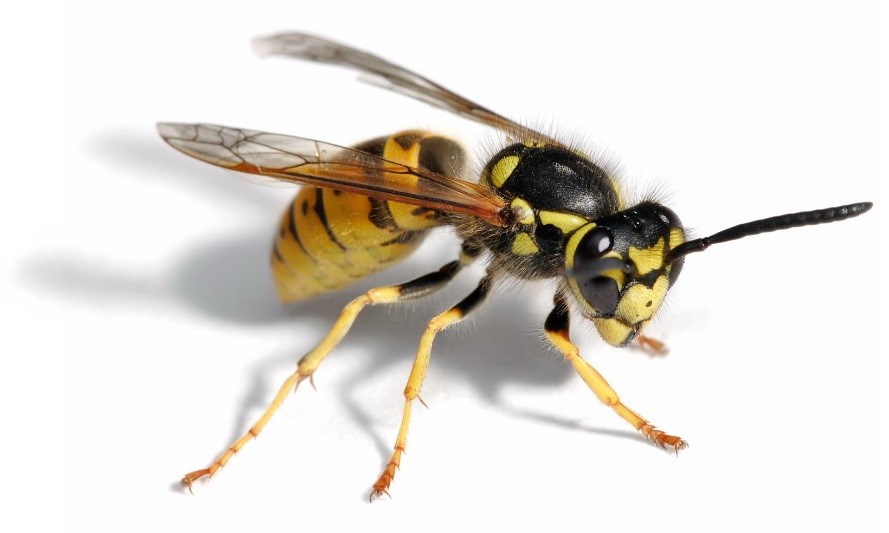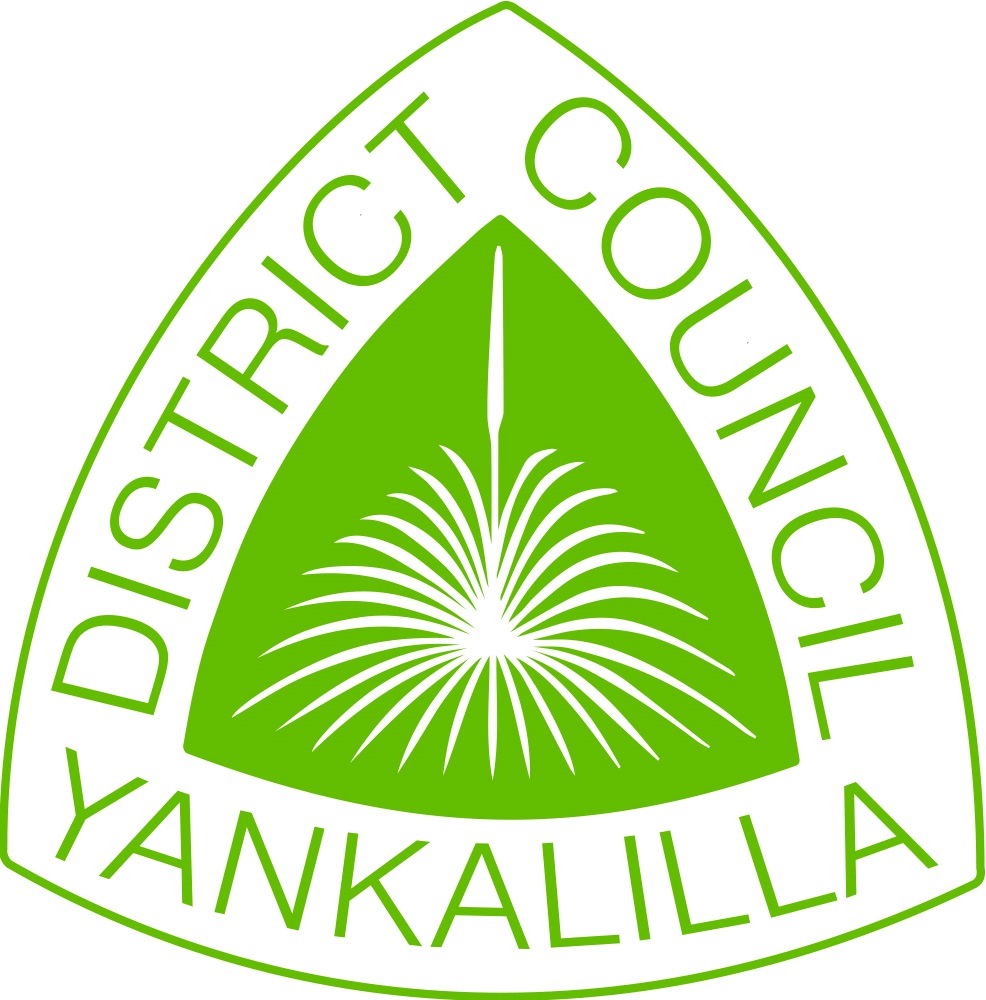European Wasps
European Wasps are attracted to sweet foods and meat and are commonly a nuisance at outdoor eating events and barbeques. The European wasp is identifiable by: its black and yellow body; its yellow legs and triangle markings on the abdomen. Do not aggravate a European wasp if detected on your property.
What if you are stung?
Unlike a bee, wasps can sting repeatedly. Apply an ice-cold pack to a sting to relieve the fiery pain and red swelling. Take oral analgesics if SERVERE pain occurs.
Multiple stings to the face or neck can lead to severe swelling and/or allergic reaction. If this occurs and the person has difficulty breathing contact an ambulance, hospital or doctor.
For information on FIRST AID and wasp stings, contact Poison Information on 131 126.
Finding the Nest
To establish the direction the wasps are flying, place a food source (eg meat or pet food) in a visible location. Once a wasp has collected the food, it will fly in a direct line to the nest (up to 500m away). Keep relocating the food source in the direction of the nest. Nests are commonly found underground and will be evident by a stream of wasps entering and leaving a hole in the ground but can also be found in retaining walls, hollows of trees and wall cavities. The nest is made of grey papier mache material NOT mud.
Council will only action if a nest is located.
Once you have located the nest do not disturb or approach. Contact Council on 8558 0200 to arrange removal.
To identify a European Wasp and find out how to locate the nest, download this brochure European Wasp  (565 kb)
(565 kb)
Snakes
Possums
You must have a Trap and Release Protected Wildlife Permit to catch and release a possum from your property.
Trapped possums must be released within 24 hours of capture (at sunset on the day of capture). They must be released on the same property, within 50 metres of where they were caught. Releasing possums during the day increases their stress and puts them at risk of being attacked and injured.
Relocating possums is inhumane, illegal and a poor solution to the possum problem.
Evidence shows that removing brushtail possums often results in other possums moving into that area, and the death of the possum that has been removed.
It is illegal to trap and release possums without a permit. The maximum penalty is $2,500 or six months of imprisonment.
Refer to the licences and permits page of the Department for Environment and Water for further information.
Council can provide traps to assist you. Please contact our Customer Service Team on 8558 0200 for further information.
